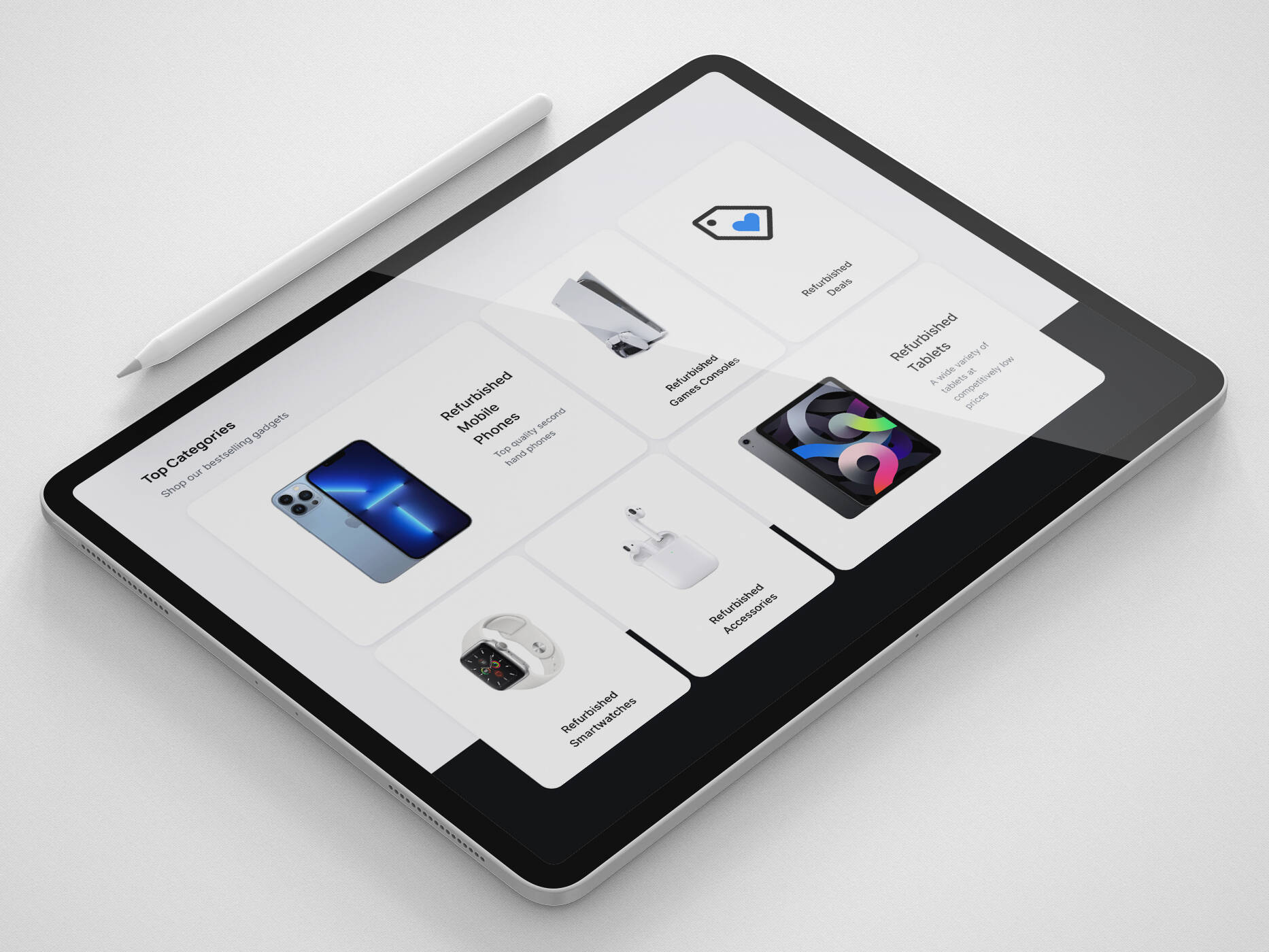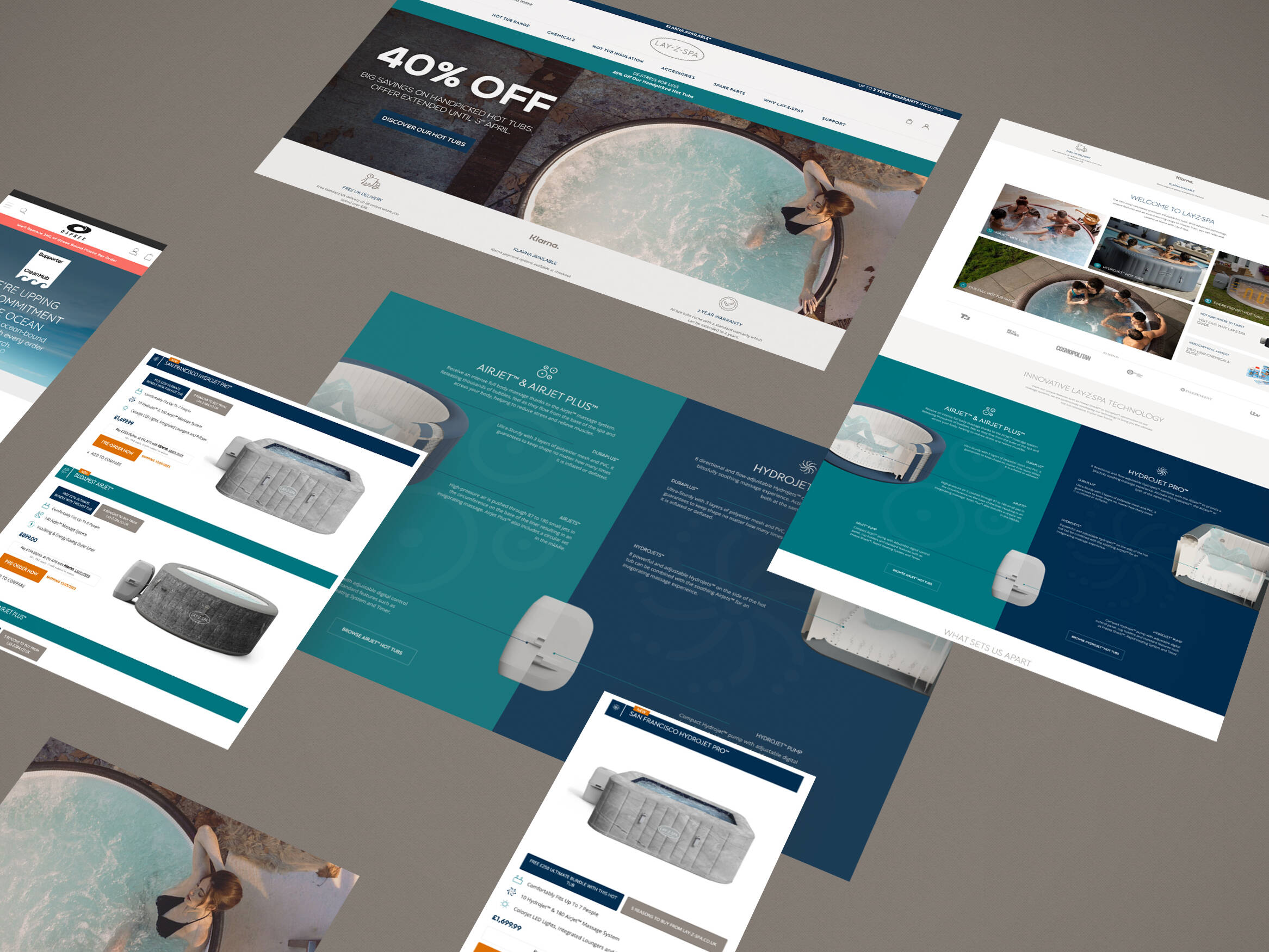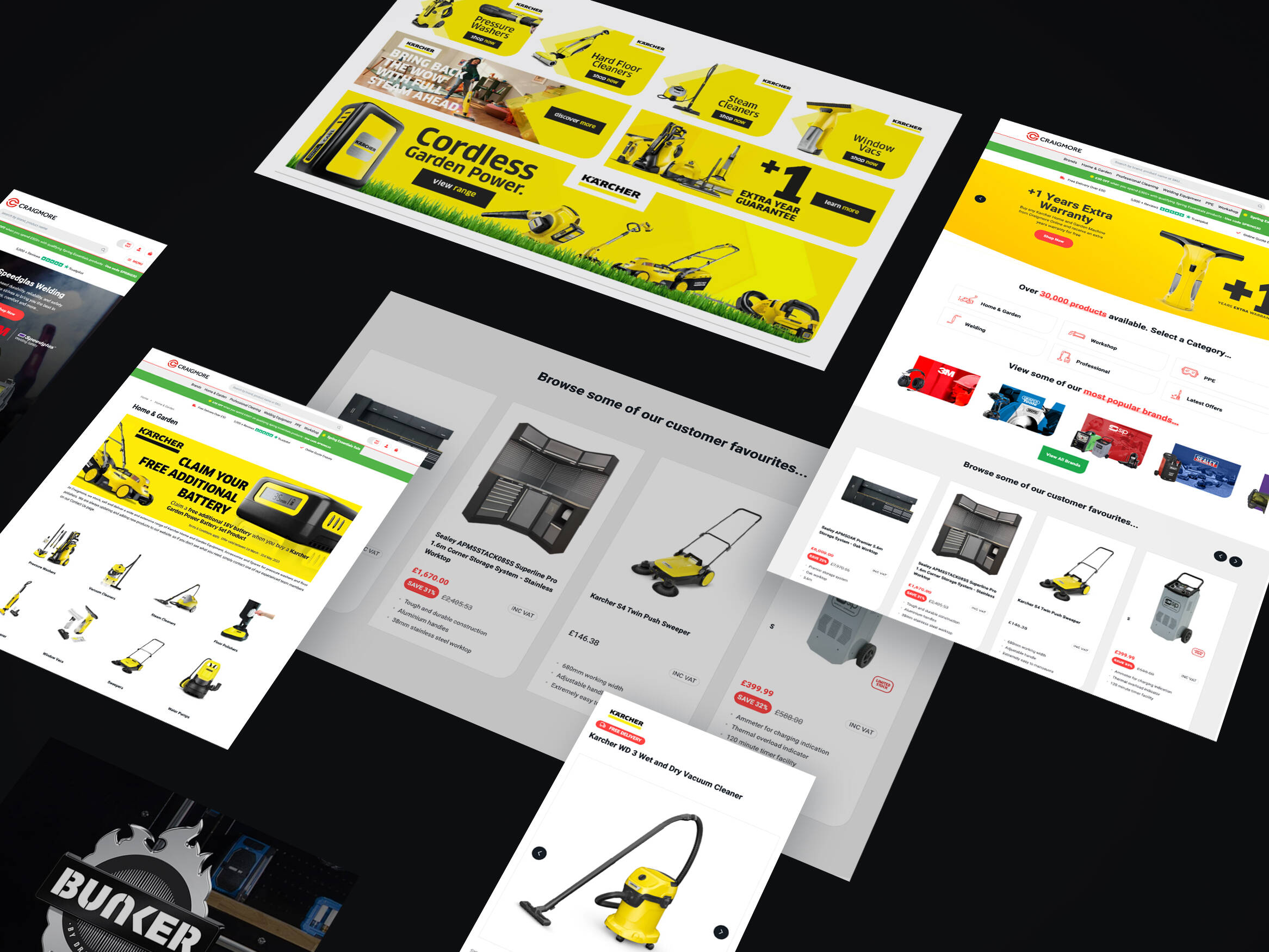eCommerce trust signals help to build confidence in people who visit your site and therefore help to increase those all-important conversions.
Unfortunately, there are lots of internet deceptions that have caused some serious damage to people’s trust in the eCommerce world. For example, phishing emails, identity fraud and social media scams, which can result in fraud and monetary losses.
That said, there are many ways that eCommerce business owners can build trust on their site, and in this blog post we’ll explain how.
Why is building eCommerce trust important?
Cybercrime is on the rise and COVID-19 has introduced an opportunity for even more online scams. In 2020, as a result of hackers, Britain’s National Cyber Security Centre (NCSC) received 10% more incidents in the year to 31 August. A total of 723, the highest level since the organisation began in 2016.
Growing crime online causes distrust in online shoppers and internet users. Upon entering a brick-and-mortar store, there are various trust signals that people can see as soon as they walk in. For example, shop assistants filling shelves who they can ask for help, physically touching products and inspecting their quality, and seeing other customers making purchases. However, the online shopping experience is very different and these trust signals do not exist.
Therefore, it is the responsibility of eCommerce businesses to build up trust with their users to encourage them to engage in a transaction.
The impact of distrust
With the amount of online competition, if a customer feels like a site is untrustworthy it’s easy for them to leave one site to shop at another. This leads to a rise in abandoned baskets. In fact, in 2019, on average nearly 70% of baskets were abandoned.

Let’s face it, nobody wants a high abandoned cart rate. Marketing efforts and ad spend can be wasted on bringing in visitors who do not trust what you are offering, which would result in a low conversion rate and a low return on investment.
As well as low conversion rates, customer distrust can also lead to negative word of mouth and reviews, which can damage a brand and be difficult to build back up. With social media and online forums, it’s very easy for customers to voice their opinions; so we need to make their experience a positive one.
Building eCommerce trust on your website
Due to the huge choice available, online shoppers are now becoming more and more selective with their purchases. Therefore, it’s more important than ever to make a good first impression, to prevent users viewing your site, closing the tab, and moving onto another store to make a purchase.
Trust signals on your eCommerce site can help to build trust and consumer confidence from the get-go. They can help to reassure customers that the site is legitimate, which reduces the risk factors to them making a purchase.
eCommerce trust signals you can use on your online store
Including trust signals on your website proves to your potential customers that your business is legitimate and that your website is trustworthy.
Below are 6 ways to build trust on your eCommerce store with trust signals to build customer confidence and brand loyalty.
Show customer reviews

Customer reviews are a really effective way to build trust on your eCommerce store. They are a form of social proof to potential customers, showing that because other people have had a good experience with your company, that they are also likely to as well.
Displaying customer reviews on your site with a tool like Yotpo, is a great way to say “don’t just take our word for it; see for yourself what our customers think!”
In their Local Consumer Review Survey, BrightLocal found that consumers read an average of 10 online reviews before feeling able to trust a business. In a study by NiceJob, it was also found that 74% of website visitors are more likely to contact a company that shows customer reviews online than a company that doesn’t. This shows that consumers want to see some kind of feedback, to indicate that the company is trustworthy and worth giving their money to.
That said, 48% of consumers only pay attention to reviews written within the past 2 weeks. So it’s important to keep your reviews fresh and up to date for credibility and trust building.
On eCommerce stores, customer reviews are commonly found on:
- Product pages
- Category pages
- Homepage
- Checkout
Customer reviews can be shown in multiple formats on-site. For example, star ratings provide a quick overview so that customers can gain an insight very easily at a glance. Alternatively, they can be shown as text in a testimonial format, giving customers more detail on previous customer’s thoughts and feelings. This format works well for more expensive items which tend to require more time and information to inform a purchase decision.
Add trust badges and confidence messaging

Typically found on the homepage and in the footer of websites, confidence messaging and trust badges can instantly build trust with someone who is visiting your site.
In the same way that restaurants display food hygiene information, trust badges show that the website has been verified by a third party.
Confidence messages on the homepage and throughout the customer journey also show customers your commitment to providing a great service. Choose 3 of your top USP’s to display which show how you go above and beyond for your customers. For example, anything related to quality, shipping, guarantees and service are all great confidence boosters.
Another form of confidence messaging and social proof are on-site pop ups that show when a customer has checked out on the site. It shows potential customers that other people are using the site, they’re engaging in a transaction and they trust you as a business. That said, many people become irritated with pop ups, especially on mobile devices. They can become intrusive if used excessively, so be mindful if you decide to look into this option.
Make information easy to find
As online shoppers can’t physically inspect your products before purchasing, displaying important information clearly can provide some reassurance instead.
Contact details and return policies should be very easy to find on your website. Easy access to this information during the decision making process will help to eliminate some of the customers perceived risk of buying a product from a company they haven’t bought from before.

Adding the exchange or return policy information onto the product page could help to give customers the confidence to ‘add to cart’. It reminds them of the credibility of the company and if they still need more information, then they could click to the finer details from there.
Features like sticky search bars and category sliders also help to make information easy and accessible for online customers. Track order buttons on the homepage also give confidence to both potential and existing customers. By emphasising this button, not only can customers self serve, but they also see that your business is legitimate and serious about helping their customers and providing a good service.
Install an SSL certificate
An SSL is a digital certificate that authenticates the identity of a website and establishes an encrypted link between the website and the server.
Without an SSL certificate, if using Google Chrome, your site visitor will see the message ‘Not Secure’ in the search bar. This is an automatic deterrent for new customers who may not be familiar with your brand.
![]()
At iWeb we have a dedicated hosting and support team who set up SSL certificates and ensure that they are kept up to date, to show users that your site is credible and secure.
Provide high quality product information
Detailed and descriptive product information help to build better customer experiences on your website.
A high quality product image is essential, however images only go so far in communicating relevant information to a potential customer. It’s impossible to tell if a piece of furniture will fit into your space by looking at a picture. In-depth product descriptions allow you to fill the gaps with those more complex details, to give customers the full picture.
Providing useful and in-depth information helps to answer questions that may arise, which helps the customer feel confident as they begin to build a picture of the product and discover if it fits their needs.
If possible, including the expected delivery date on the product page provides real transparency for waiting times and can increase the likelihood of customers placing orders.

Tools like Akeneo are designed to help you to provide the best quality of product data to your customers. We’ve spoken previously about the importance of high quality product information in another blog post.
Show social media links

Including links to your social media accounts (often in website footers) is another way to build trust.
When visiting your social profiles, they will see that other people are interested in and engage with your business. This will show potential customers that you are an active company and gives them an idea of what your brand stands for.
If you do choose to link to your social channels, ensure that they are active. It may be more harm than good if you are sending people to social profiles that haven’t been used in years!
Wrapping up…
As is the case with building trust in real life, building trust on your eCommerce store won’t happen overnight. It is something that you will need to consistently work on as you learn to address different concerns or questions that are raised by your customers.
Put yourself in the shoes of your site visitors; what would your initial impression be? The more trust signals that are on-site, the more you will build confidence in your visitors.
Knowing that the site is secure, legitimate and can be trusted will convert visitors into customers, which will help to begin building long-term customer relationships and loyalty.
Need help improving the trust on your eCommerce store? Get in touch!
Get in touch
We know commerce, let us help you improve customer experience, increase conversion rates, and make that digital change.
- hello@iweb.co.uk

















